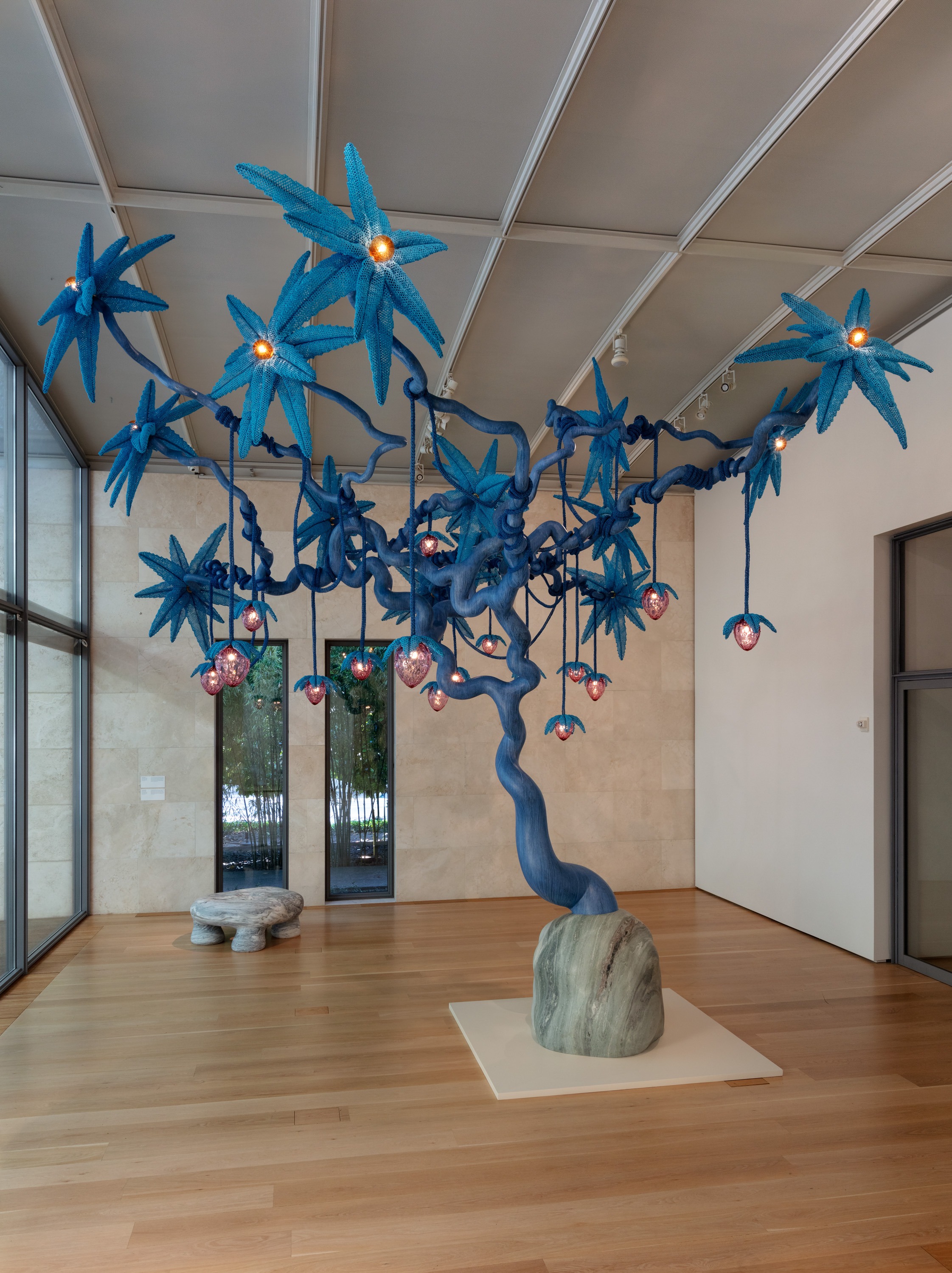BY CLARA BALDOCK
At its core, surrealism is an act of liberation, seeking to free the imagination and subvert the confines of logic and reason. “Surrealism opens a door to the unexpected,” says designer Marta de la Rica, who is among those giving it new life in functional forms. “Pieces are both beautiful and offbeat – inviting you to see the familiar in new ways.”
Surrealism emerged as a cultural movement in Paris in the 1920s, shaped by anti-establishment dadaism and influenced by the psychoanalytic theories of Sigmund Freud. Defined by writer André Breton as “pure psychic automatism” – rejecting rational thought and surrendering to impulse – early surrealists such as Salvador Dalí and René Magritte translated these theories into painted dreamscapes that tapped into the subconscious. And it wasn’t long before its reach expanded beyond the canvas to design objects.
Surrealism today has shifted closer to the real world, blurring the everyday with the improbable. “It’s not pure escape – the goal isn’t to abandon reality, but to warp it,” explains American artist and designer Chris Wolston, who imbues his furniture with whimsy. Its sources have evolved too, as observed by Martin Clausen, co-founder and creative director of online gallery Adorno. “In the 20th century, the surreal drew from the artificial, uncanny and grotesque,” he says. “Today’s designers are delving into ever stranger and more wondrous realms.” Among Adorno’s collection is a Swati Jain table supported by a human-shaped leg, and a steel chair by ESTO dressed in a spiky cotton cover to evoke natural morphogenesis.
British artist Alex Chinneck applies the principles of illusion on a grand, architectural scale. Earlier this year, he spent six months constructing a “rippling building” for Clerkenwell Design Week that reconfigured a four-storey Georgian façade with bending windows and bricks. “There’s something optimistic about the rejection of constraints, both as a creator and viewer,” he says. “That’s the magic and magnetism of surrealism – the theatrical defiance of reality and its ability to make the everyday world seem momentarily extraordinary.”

Allusions to plants and animals are common among contemporary designers. The Haas Brothers, twins Nikolai and Simon, occupy the space between art and design with their biomorphic creations that include a cast of fanciful, often furry beasts and glass snail sculptures with names like “Smiley Cyrus”. Their upcoming touring museum show, Uncanny Valley, will exhibit their major works from the past 15 years, including the psychedelic The Strawberry Tree (2023) – a 14ft cast-bronze tree adorned with blown-glass strawberries.
For their ongoing Moontowers series, the brothers challenge perceptions by creating a collection of lamps that appear to be dripping with green goo, but are actually crafted from metal. “Materials help bring people into our fantasy because well-made objects and fine surfaces are naturally seductive,” they say.
Wolston, who blends traditional craftsmanship with a postmodern aesthetic from his studio in Medellín, also manipulates materials to render a surreal effect. “I try to take them somewhere unexpected – like weaving aluminium so it feels like fabric, or shaping terracotta so it seems to breathe.”
Wicker has a strong presence in Wolston’s design vocabulary. Using Colombian mimbre, his Hand chandelier is a tangle of arms, and his series of anthropomorphic chairs sits with arms akimbo. “Furniture comes to life in relation to the body,” explains Wolston. “If you sit in a chair with hands, you’re not just supported by it – you’re held, confronted, maybe even teased. I want that interaction to be charged – with humour and curiosity – so you see your body and the object differently.”
Anatomical forms are a recurring and provocative theme. Tiles by Balineum, in a collaboration with Belgian designer Jean-Philippe Demeyer, feature a peering eye designed to ward off evil. Meanwhile, de la Rica created the bronze Lend us a Hand wall sconce as part of her upcoming collection, Of Marble & Metal. “It’s a mix of symbolism and function, a human gesture that literally adds a spark of drama,” she says.
Recommended Architecture A trip to Skopje, the maddest brutalist metropolis on earth For artist-designer Helle Mardahl, surrealism is a matter of skewed proportions and visual trickery. Mardahl cites Alice in Wonderland as a key inspiration; her new mushroom-shaped lamps, with their disproportionate dimensions and candy-coloured glass, feel fantastical. “I’m fascinated by the contrast of organic shapes with the rigid medium of glass – creating an illusion with something that feels permanent,” she says. “A solid mass melting into softness, only to solidify again into an entirely new form. Surreal, right?”


